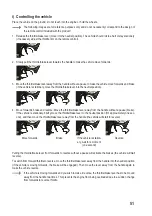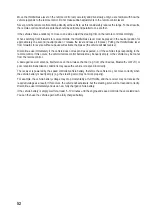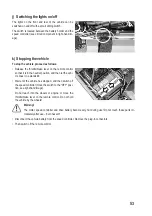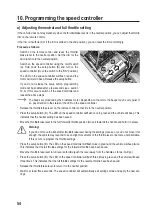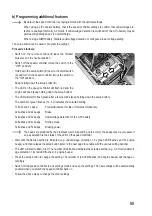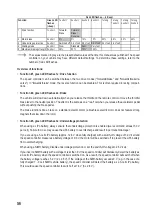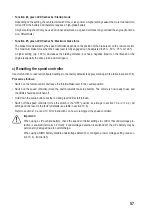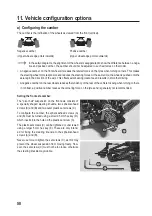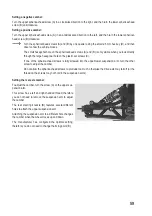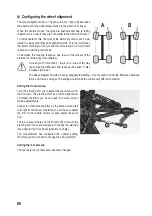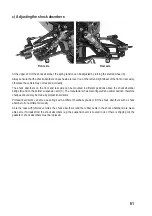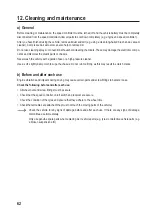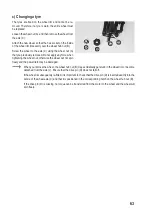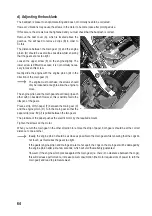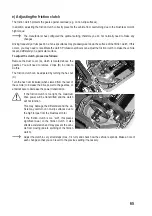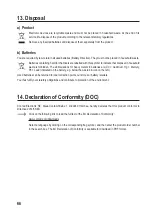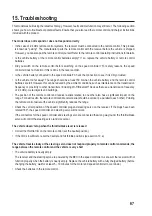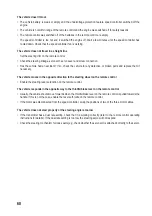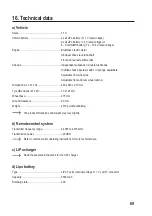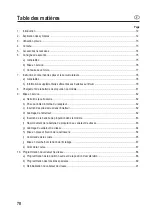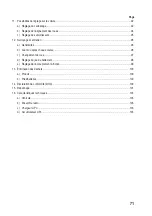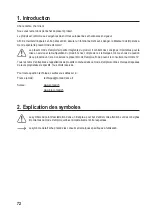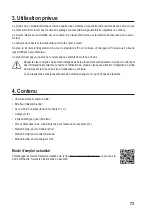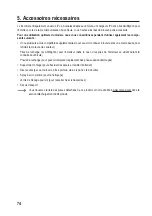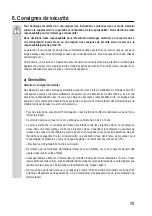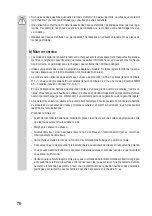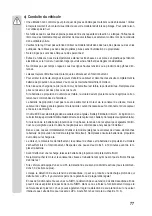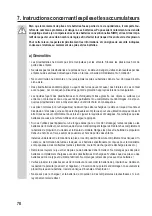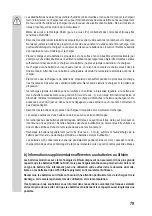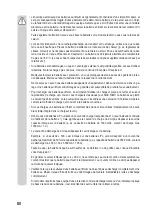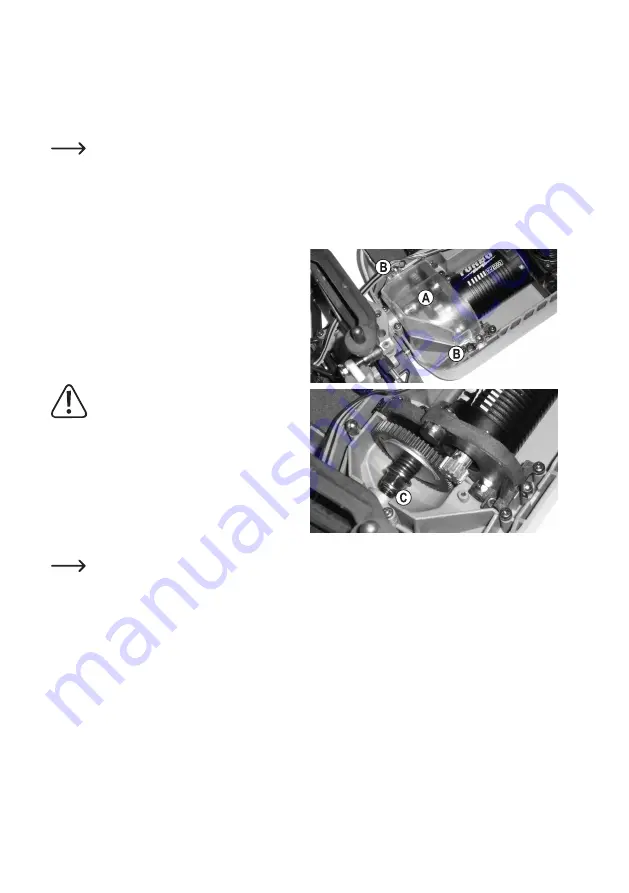
65
e) Adjusting the friction clutch
The friction clutch protects the gears against overload (e.g. on non-slip surfaces).
In addition, adjusting the friction clutch correctly prevents the vehicle from overturning due to the brushless motor's
high torque.
The manufacturer has configured the optimal setting, therefore you do not normally need to make any
changes.
Driving frequently at full speed on a non-slip surfaces may gradually wear down the surface of the friction clutch. If this
occurs, you may need to recalibrate the clutch. Professional drivers can adjust the friction clutch to make the vehicle
respond differently on a particular surface.
To adjust the clutch, proceed as follows:
Remove the dust cover (A), which is located above the
gearbox. You will need to remove 2 clips (B) in order to
do this.
The friction clutch can be adjusted by turning the hex nut
(C).
Turn the hex nut clockwise (when viewed from the rear of
the vehicle) to increase the drive power to the gearbox, or
anticlockwise to decrease the power transmission.
If the friction clutch is too tight, the maximum
drive power will be transmitted and the clutch
will not function.
This may damage the differential and the ve-
hicle may overturn on non-slip surfaces due to
the high torque from the brushless motor.
If the friction clutch is too “soft”, this places
significant wear on the friction clutch. It also
affects acceleration and may prevent the vehi-
cle from moving (due to spinning of the friction
clutch).
Adjust the clutch in very small steps (max. 1/4 turn) and check how the vehicle responds. Make a note of
each change so that you can revert to the previous setting if necessary.
Summary of Contents for 1648548
Page 138: ...138 ...
Page 139: ...139 ...

